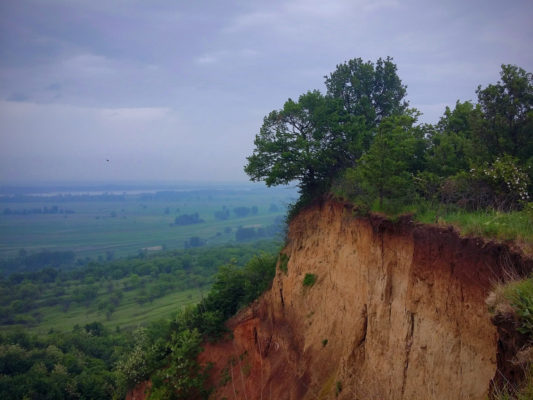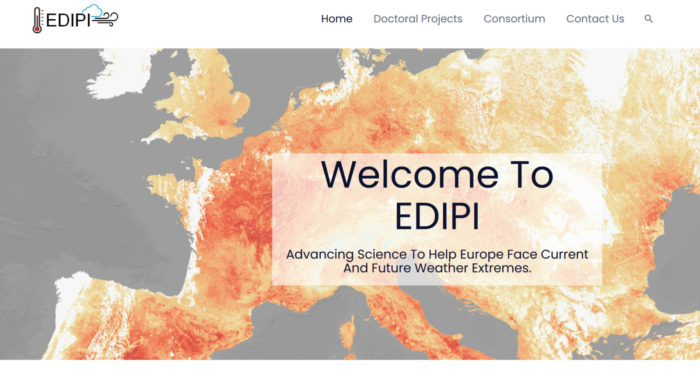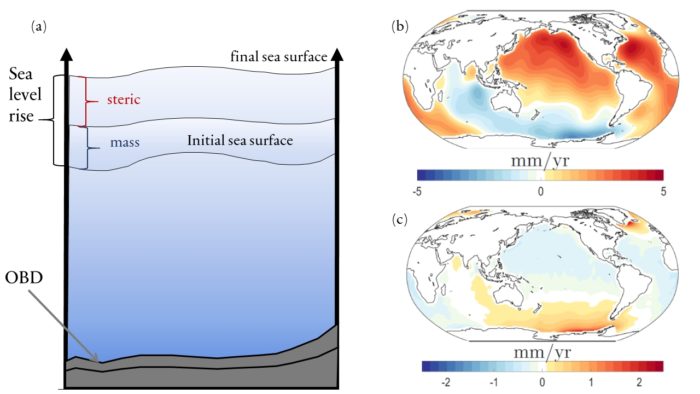Insights into the EU project Deep Purple, fieldwork during the COVID-19 pandemic and doing research in a camp on the Greenland Ice Sheet. Written by Ph.D. students Rey Mourot (GFZ Potsdam), Laura Halbach (Aarhus University) and Eva Doting (Aarhus University). On maps, Greenland is shown as a massive white island. This vast ice and snow cover plays a vital role in reflecting incoming solar radiatio ...[Read More]
Deep Purple on Ice – Research on the Greenland Ice Sheet During the Pandemic




